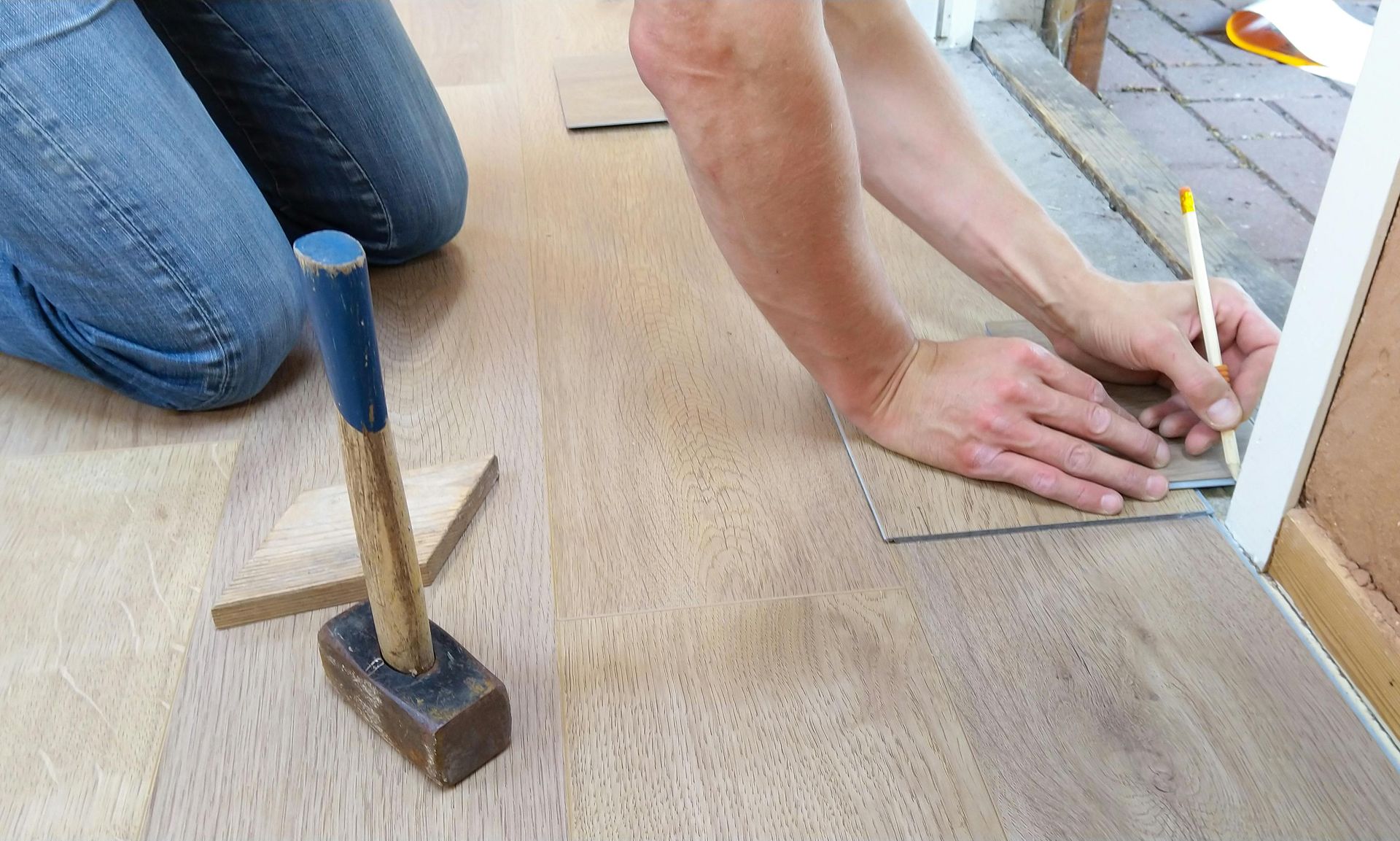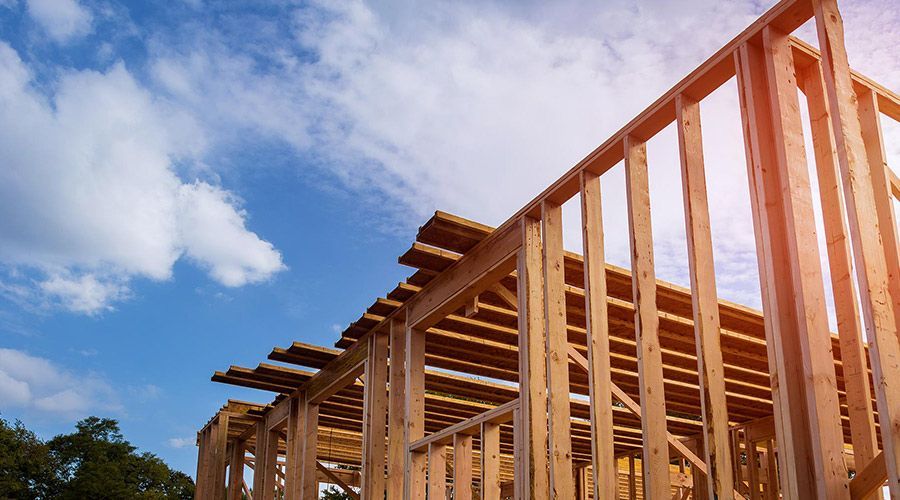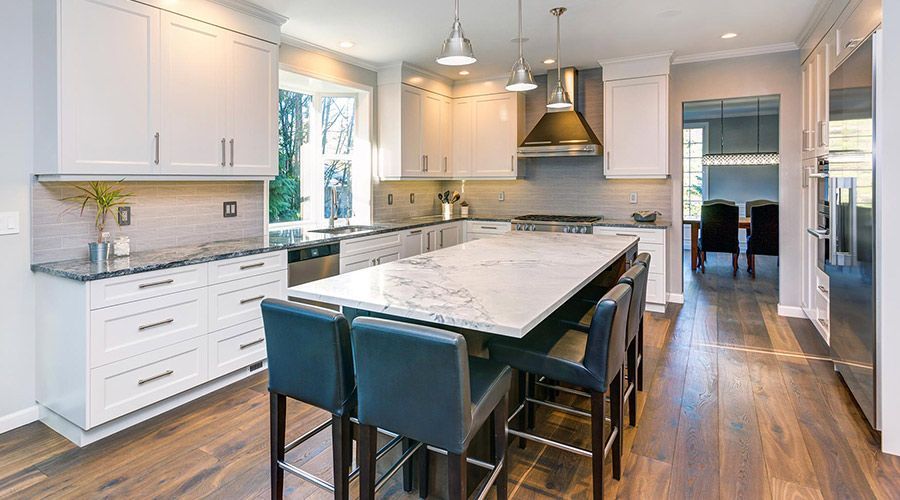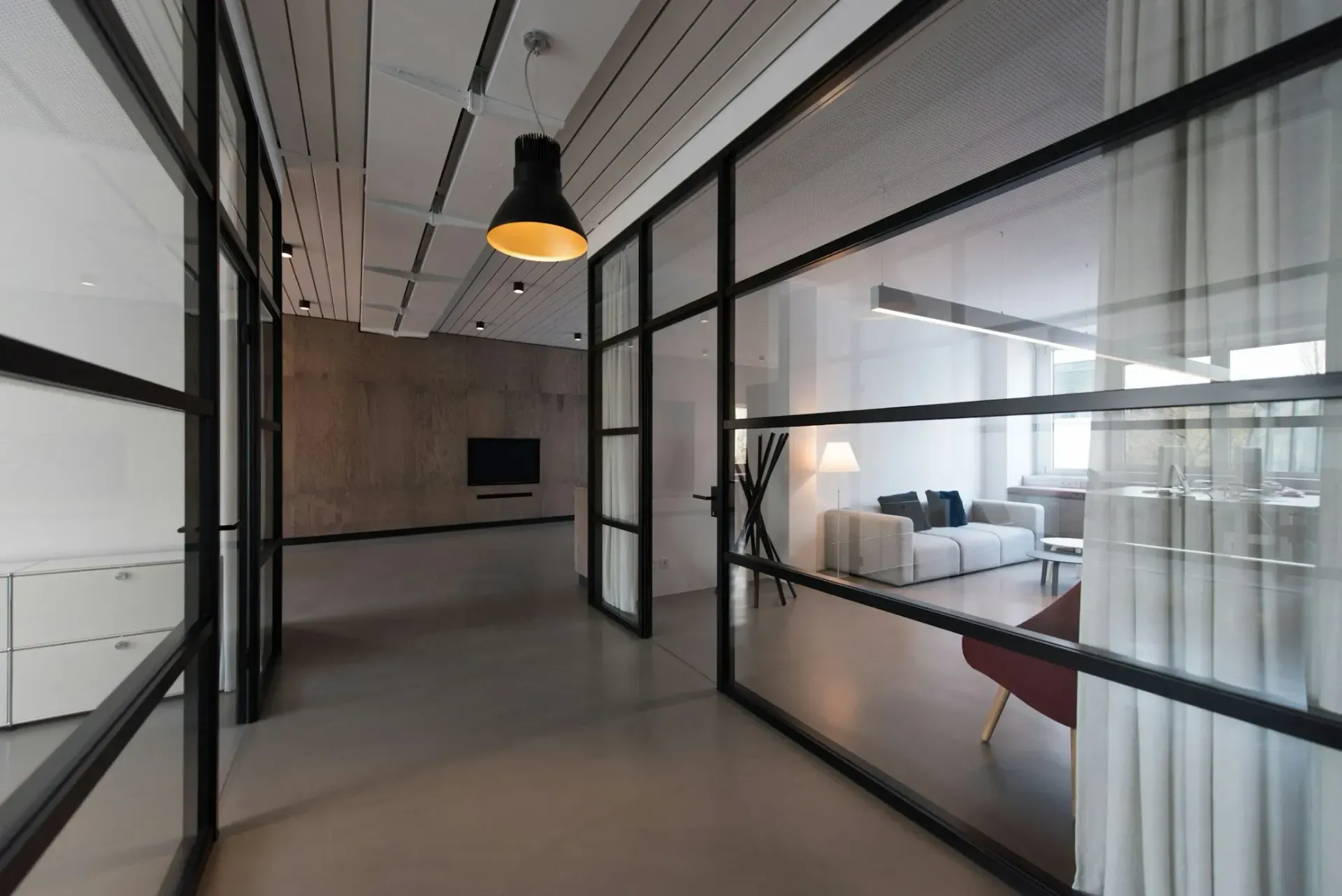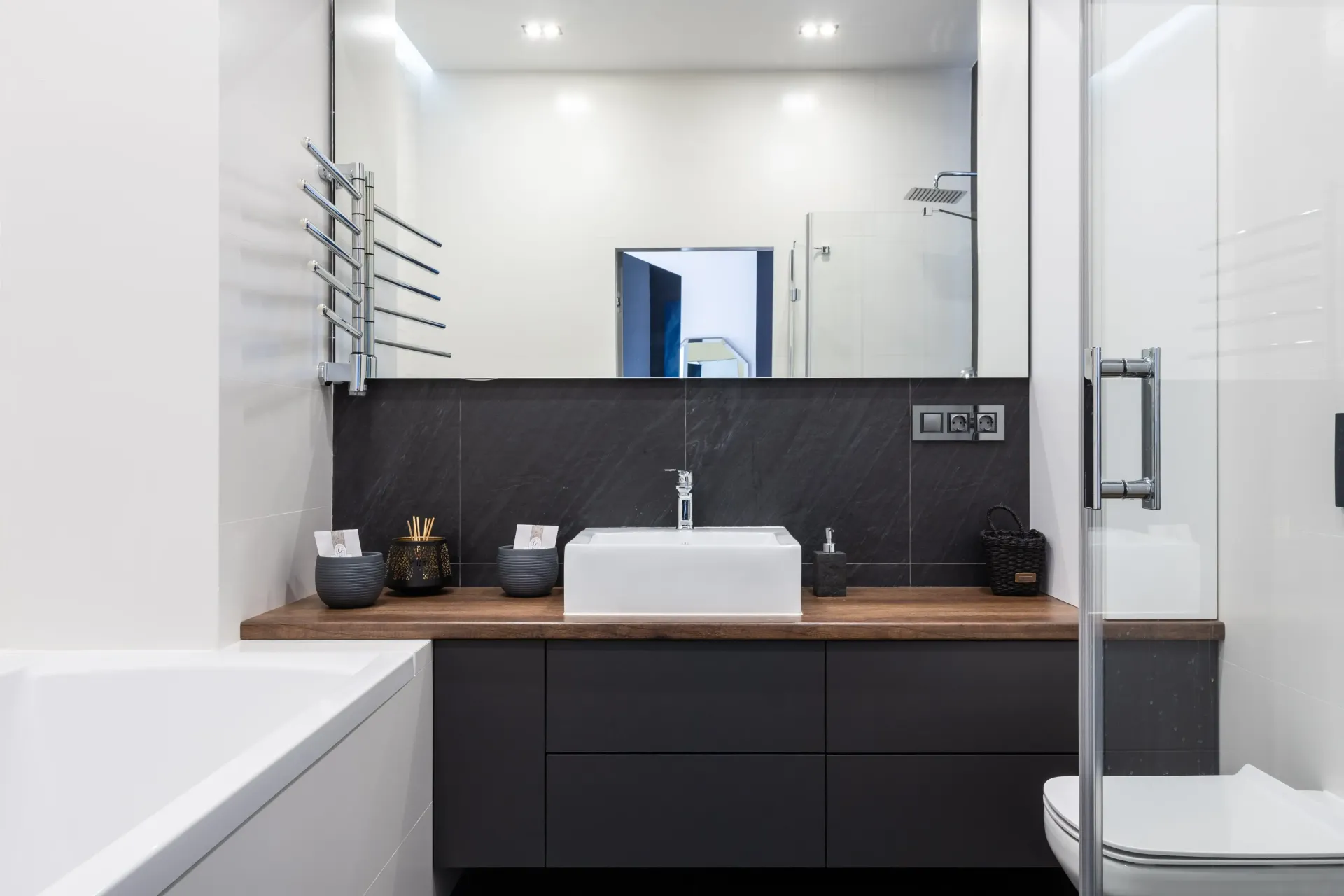Call Us: (801) 420-4739

How to Plan a Successful Home Renovation in Utah the Right Way
Planning a home renovation can feel overwhelming, especially if you don’t know where to start. Whether you're updating your kitchen, adding more space, or improving energy efficiency, having a clear plan makes all the difference. Without one, costs can spiral out of control, and projects can take longer than expected.
The key to a successful home renovation in Utah is setting clear goals, creating a realistic budget, and hiring the right professionals. Understanding local building codes, choosing durable materials, and preparing for possible delays will also help keep your project on track.
Utah homeowners face unique challenges, from unpredictable weather to strict permit requirements. That’s why it's important to plan ahead and work with experts who understand the process. In this guide, we’ll walk you through every step so you can avoid costly mistakes and get the results you want.
Check out our Comprehensive Guide to Construction and Remodeling Services in Utah for expert insights and professional support.
Start with a Clear Vision: Define Your Renovation Goals
Before jumping into a home renovation, you need to know exactly what you want to achieve. Are you looking to add more space, boost your home's value, or improve energy efficiency? Defining your goals upfront helps you stay focused and avoid costly changes later.
If you're unsure where to start, make a list of must-haves and nice-to-haves. Think about your daily needs, long-term plans, and how your home can better fit your lifestyle. For example, if your kitchen feels cramped, you might need more storage or an open layout. If you work from home, adding a dedicated office space could be a game-changer.
Trends can be inspiring, but they shouldn't be your only guide. What’s popular now may not suit your home or budget. Instead, focus on functionality, comfort, and long-term value. A well-planned renovation should make your home more enjoyable and practical for years to come.
Set a Realistic Budget & Understand Renovation Costs
A great renovation starts with a solid budget. Without one, costs can quickly add up, leaving you with unfinished work or unexpected debt. Before hiring contractors or picking materials, figure out how much you can realistically afford to spend.
Break Down the Costs
Home renovation expenses can be split into three main categories:
- Labor costs – Paying contractors, electricians, plumbers, and other professionals.
- Material costs – Flooring, cabinets, countertops, paint, and other supplies.
- Permit & inspection fees – Required for structural changes, electrical work, and plumbing.
Most projects also have unexpected expenses, like hidden water damage or outdated wiring. To avoid financial stress, add a 10-20% cushion to your budget for surprises.
How to Get Accurate Estimates
Start by getting quotes from multiple contractors. Ask for a detailed breakdown so you understand where your money is going. If a quote seems too low, be cautious—it could mean lower-quality work or hidden costs later.
Financing Your Renovation
If you don’t have the cash upfront, there are several financing options:
- Home equity loans – Borrow against your home’s value at a lower interest rate.
- HELOC (Home Equity Line of Credit) – A flexible loan option based on home equity.
- Personal loans – Good for smaller projects but often have higher interest rates.
By planning your budget early, you’ll avoid money troubles and keep your project on track.
Understand Utah’s Building Codes & Permit Requirements
Before starting your renovation, it’s important to know which permits you need. Skipping this step can lead to fines, delays, or even being forced to undo completed work. Utah has strict building codes, so making sure your project is legal from the start will save you time and stress.
When Do You Need a Permit?
Not all renovations require permits, but major changes usually do. Here are some common projects that typically require approval in Utah:
- Structural changes – Removing walls, adding rooms, or changing a home’s foundation.
- Electrical work – Installing new wiring, outlets, or a service panel.
- Plumbing updates – Moving pipes, installing a new water heater, or adding a bathroom.
- HVAC changes – Replacing a furnace, adding central air, or modifying ductwork.
Smaller updates, like painting, installing new flooring, or replacing cabinets, usually don’t require permits.
How to Get a Permit in Utah
Each city in Utah has its own rules, but the process generally includes:
- Submitting plans – Your contractor or architect will create and submit blueprints to the local building department.
- Approval process – Officials review your plans to ensure they meet safety standards.
- On-site inspections – Once work begins, inspectors check to make sure it follows code.
- Final approval – After passing inspections, you’ll get final approval to complete your project.
What Happens if You Skip Permits?
If you renovate without a required permit, you could face:
- Fines or penalties from your local government.
- Delays if inspectors halt your project.
- Issues when selling your home, since unpermitted work can cause legal and insurance problems.
Checking your local permit requirements before you start ensures your renovation goes smoothly and avoids legal trouble. If you’re unsure, a licensed contractor can help you navigate the process.
Find & Hire the Right Contractor
Hiring the right contractor can make or break your renovation. A skilled professional will keep your project on schedule, within budget, and up to code. But a bad contractor? They can leave you with delays, hidden costs, and poor-quality work.
How to Find a Reliable Contractor in Utah
Start by researching local contractors with experience in your type of renovation. Look for:
- Licensing and insurance – Utah requires contractors to be licensed. Check the Utah Division of Occupational and Professional Licensing (DOPL) to verify credentials.
- Strong reviews and references – Read online reviews and ask for references from past clients. A reputable contractor should have a portfolio of completed projects.
- Clear contracts and estimates – A trustworthy contractor provides a detailed written estimate with pricing, timelines, and materials. Avoid vague or verbal agreements.
Questions to Ask Before Hiring
Before signing a contract, ask these key questions:
- Are you licensed and insured? (Always verify this.)
- Can you provide references from recent projects?
- What’s your estimated timeline for completion?
- How do you handle unexpected costs or changes?
- Do you offer warranties on labor and materials?
Red Flags to Watch For
Not all contractors are honest. Watch out for:
- Extremely low bids – If a quote seems too good to be true, it probably is.
- Lack of a written contract – Verbal agreements can lead to disputes.
- Demands for large upfront payments – A reasonable deposit is normal, but avoid anyone asking for full payment before work begins.
- Poor communication – If they’re hard to reach now, they’ll likely be worse once the project starts.
Taking the time to vet your contractor will help you avoid costly mistakes and ensure a smooth renovation.
Choose the Right Materials for Utah’s Climate & Energy Efficiency
The materials you choose for your renovation can impact durability, energy efficiency, and maintenance costs. Utah’s climate—hot summers, cold winters, and dry air—means you need materials that can handle temperature changes and resist wear over time.
Best Materials for Utah Homes
- Flooring: Hardwood looks great, but dry air can cause it to crack. Engineered wood, luxury vinyl plank (LVP), or tile are better options for Utah’s climate.
- Roofing: Metal or asphalt shingles work well for Utah’s hot summers and snowy winters. Metal roofing reflects heat, while asphalt shingles provide good insulation.
- Siding: Brick, stucco, and fiber cement siding hold up well against Utah’s dry weather and temperature swings.
- Windows: Double-pane or triple-pane windows improve insulation, keeping your home warm in winter and cool in summer.
- Insulation: Spray foam and fiberglass insulation help regulate indoor temperatures and
reduce energy costs.
Eco-Friendly & Energy-Efficient Upgrades
Many homeowners in Utah are investing in energy-efficient renovations to cut down on utility bills and increase home value. Consider:
- Energy-efficient appliances – Upgrading to Energy Star-rated appliances can lower electricity and water usage.
- Solar panels – Utah gets plenty of sun, making solar energy a great investment for long-term savings.
- LED lighting – LED bulbs use less energy and last much longer than traditional bulbs.
- Smart thermostats – Devices like Nest or Ecobee help
optimize heating and cooling costs year-round.
Why Material Choice Matters
Choosing the right materials doesn’t just affect how your home looks—it impacts maintenance, energy efficiency, and long-term durability. High-quality materials may cost more upfront, but they’ll save you money on repairs and replacements down the road.
Before making decisions, consult with your contractor to ensure you’re selecting materials that suit both your budget and Utah’s unique climate.
Plan for Timeline & Project Disruptions
A well-planned timeline helps keep your renovation on track. Most projects take longer than expected, so it’s important to prepare for delays and disruptions. Knowing what to expect will help you avoid frustration and keep your project running smoothly.
How Long Will Your Renovation Take?
The timeline depends on the project’s size and complexity. Here’s a general idea of how long common renovations take:
- Kitchen remodel – 6 to 12 weeks
- Bathroom remodel – 3 to 6 weeks
- Room addition – 3 to 6 months
- Full home renovation – 6 months to a year
Unexpected issues—like material shortages, permit delays, or hidden structural problems—can add weeks or even months to your timeline.
How to Prepare for Delays
Delays are common in home renovations. The best way to handle them is to plan ahead and stay flexible.
- Order materials early – Some materials, like custom cabinets or specialty tiles, take longer to arrive.
- Schedule contractors in advance – Good contractors book up quickly, so don’t wait until the last minute.
- Prepare for inspections – Permits and inspections can take time. Make sure all paperwork is submitted correctly to avoid holdups.
- Have a backup plan – If delays push back your project, be ready to adjust your timeline.
Living Arrangements During Renovation
If your renovation affects essential rooms—like your kitchen, bathrooms, or bedrooms—you may need to make temporary living arrangements.
- For kitchen remodels – Set up a temporary cooking area with a microwave, slow cooker, and mini fridge.
- For bathroom remodels – Plan to use another bathroom or stay with family if necessary.
- For major renovations – If your entire home is under construction, renting a short-term place may be a good option.
Stay on Track with a Clear Schedule
A detailed renovation schedule keeps contractors, suppliers, and inspections organized. Work closely with your contractor to set milestones and make sure everything is progressing as planned.
By preparing for disruptions and having a plan in place, you’ll avoid unnecessary stress and keep your project moving forward.
Inspection & Quality Assurance: Finalizing Your Renovation
The final stage of your renovation is just as important as the planning and construction phases. Before signing off on the work, take the time to inspect everything carefully. A rushed final check can lead to missed issues that may cost you later.
What to Check During the Final Walkthrough
Before making your final payment, go through your home with your contractor and check for:
- Workmanship quality – Look for uneven flooring, poor paint jobs, or gaps in trim and fixtures.
- Plumbing and electrical – Test faucets, flush toilets, and check for any exposed wiring or malfunctioning outlets.
- Doors and windows – Open and close everything to ensure smooth operation.
- Cabinets and fixtures – Make sure everything is aligned, secure, and functional.
- Clean-up and debris removal – Contractors should leave your space clean and free of leftover materials.
The Importance of a Final Inspection
Most cities in Utah require a final building inspection for permitted projects. If your renovation involved structural changes, electrical work, or plumbing, a certified inspector will need to approve it before you can officially use the space.
If any issues arise during the inspection, your contractor should fix them at no extra cost if they were included in your contract. This is why it’s essential to hire a licensed, reputable professional who stands by their work.
Understanding Warranties and Post-Renovation Maintenance
Most quality contractors offer warranties on labor and materials. Ask your contractor about:
- Workmanship warranties – Covers labor-related defects for a set period.
- Manufacturer warranties – Protects materials like flooring, windows, and appliances.
- Structural warranties – Covers foundation, framing, and load-bearing walls if included in the renovation.
Protect Your Investment with Proper Maintenance
Once your renovation is complete, follow a maintenance plan to keep everything in great shape.
- Regularly inspect plumbing and electrical systems to catch small problems before they turn big.
- Seal countertops, grout, and tile to prevent staining and water damage.
- Keep up with HVAC maintenance if you installed new heating or cooling systems.
A smooth final inspection ensures your renovation meets high standards and adds long-term value to your home.
Conclusion
A successful home renovation in Utah starts with a clear plan, a realistic budget, and the right professionals. Whether you're remodeling your kitchen, upgrading your bathroom, or planning a full home renovation, taking the time to research permits, choose quality materials, and hire a skilled contractor will save you time, money, and stress. Preparing for potential delays and ensuring a thorough final inspection will also help you get the best results.
If you're ready to start your renovation, working with a trusted expert makes all the difference. Bluroc specializes in high-quality home remodels, kitchen and bathroom renovations, and new home construction in Pleasant Grove, Park City, Deer Valley, Alpine, and Salt Lake City. They also offer commercial new construction, remodeling, and turnkey commercial projects, including commercial kitchens and bathrooms. Whether you're upgrading your home or transforming a business space, their team ensures a smooth process from start to finish.
Get started on your home or commercial renovation today! Contact Bluroc for expert guidance, high-quality craftsmanship, and a seamless construction experience.


